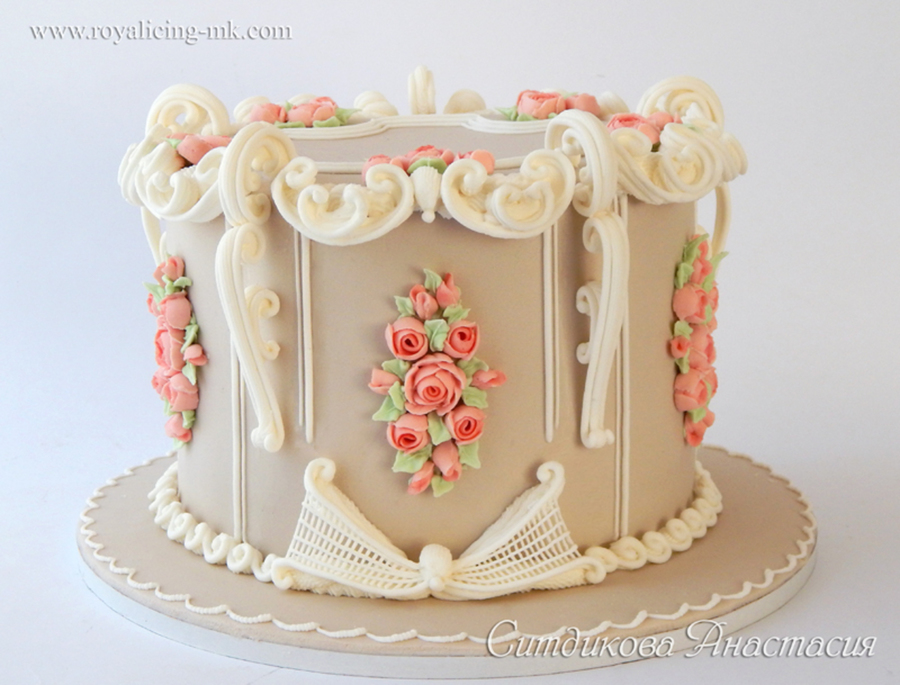
The Oxford English Dictionary gives the first mention of royal icing as Borella's Court and Country Confectioner (1770). Meringue powder or ready-to-use, pasteurized, refrigerated egg whites (wet eggs) can be used with similar results. Royal icing is traditionally prepared with raw egg whites, which have a very small chance of transmitting salmonella poisoning.

Royal icing is often used to create snow scenes but is also used as an edible adhesive – particularly for gingerbread houses. The glycerine must be omitted for this purpose. These can then be arranged to create edible decorative effects on a variety of sweet foods. The royal icing is piped into shapes which are allowed to harden on a non-stick surface. Usual proportions are 2 egg whites to 1 teaspoon of lemon juice, 1 teaspoon of glycerine, and around 1 pound of sugar depending on the application.Īs well as coating cakes and biscuits, royal icing is used to make decorations such as flowers and figures for putting on the cake. When placing icing on cakes, marzipan is usually used under the royal icing in order to prevent discoloration of the icing. Glycerine is often added to prevent the icing from setting too hard.

It is used either as a smooth covering or in sharp peaks. It is used to decorate Christmas cakes, wedding cakes, gingerbread houses, cookies and many other cakes and biscuits. Royal icing is a hard white icing, made from softly beaten egg whites, icing sugar (powdered sugar), and sometimes lemon or lime juice.


 0 kommentar(er)
0 kommentar(er)
